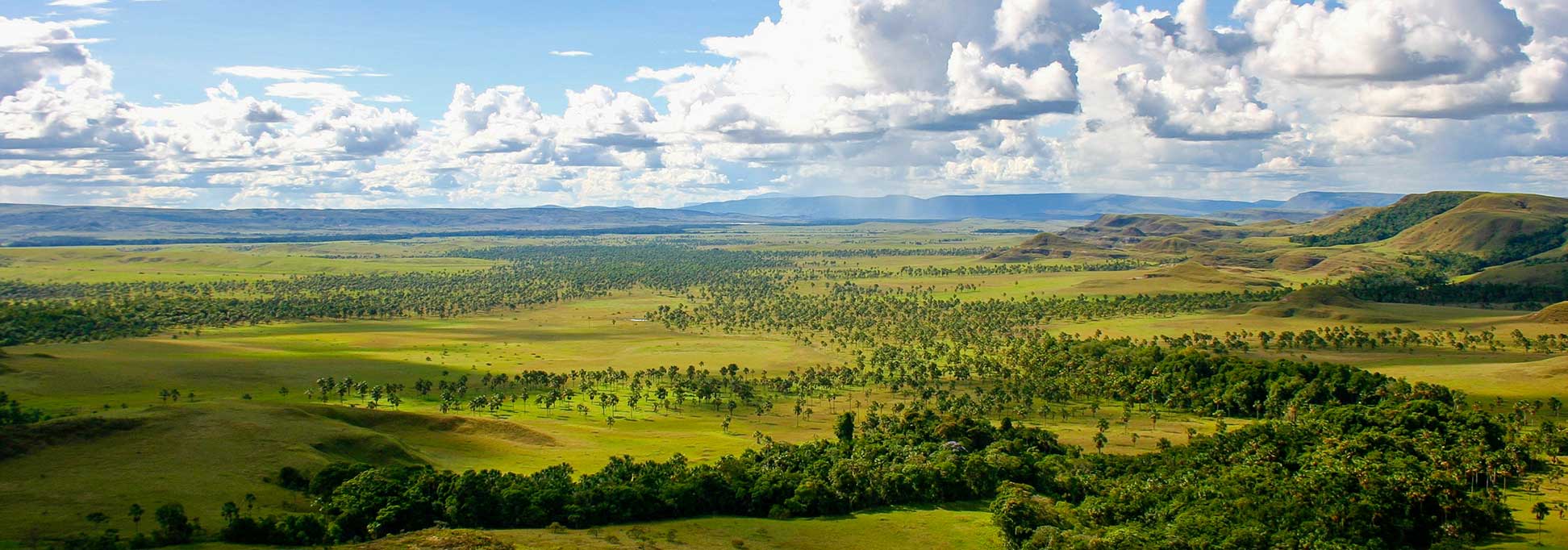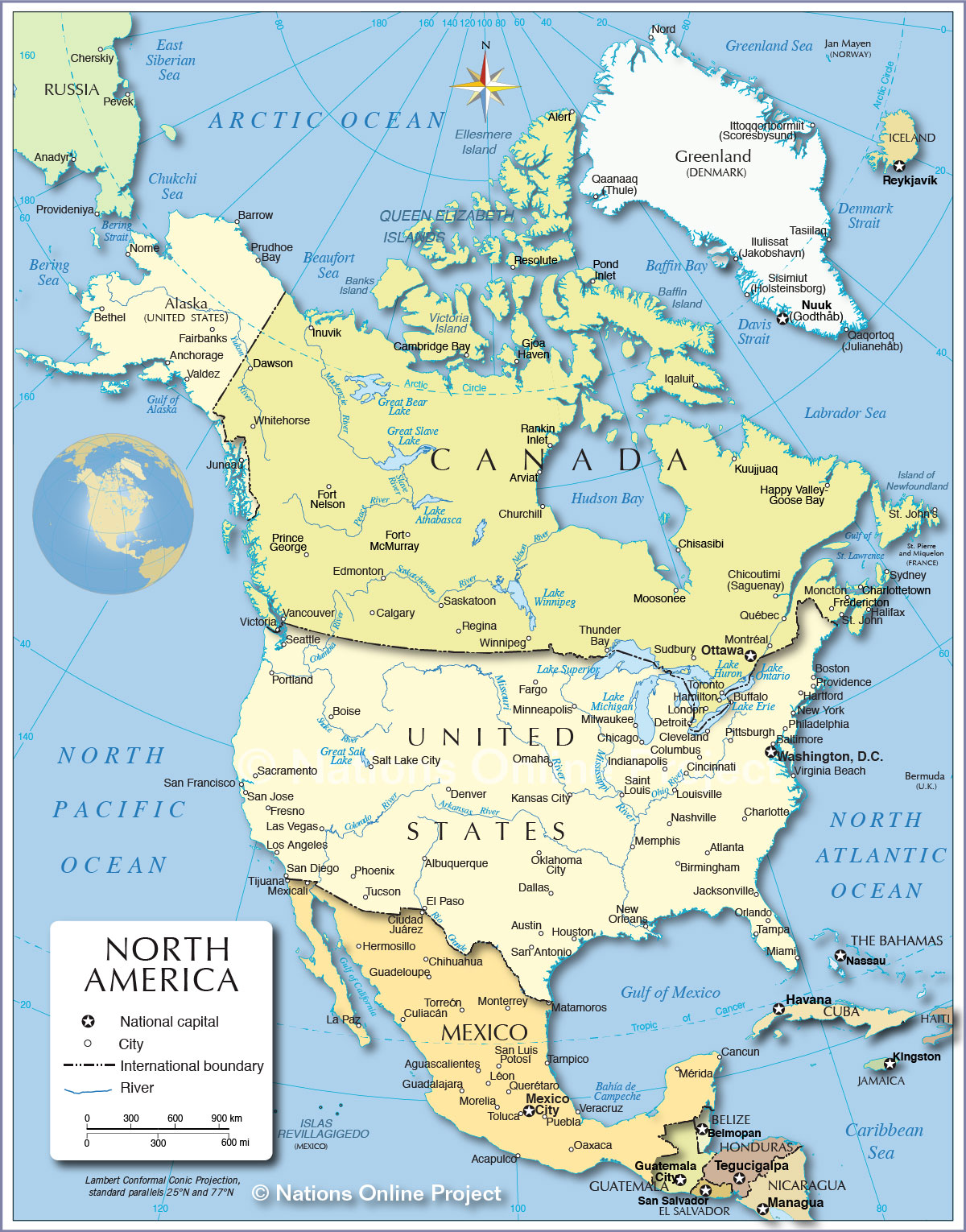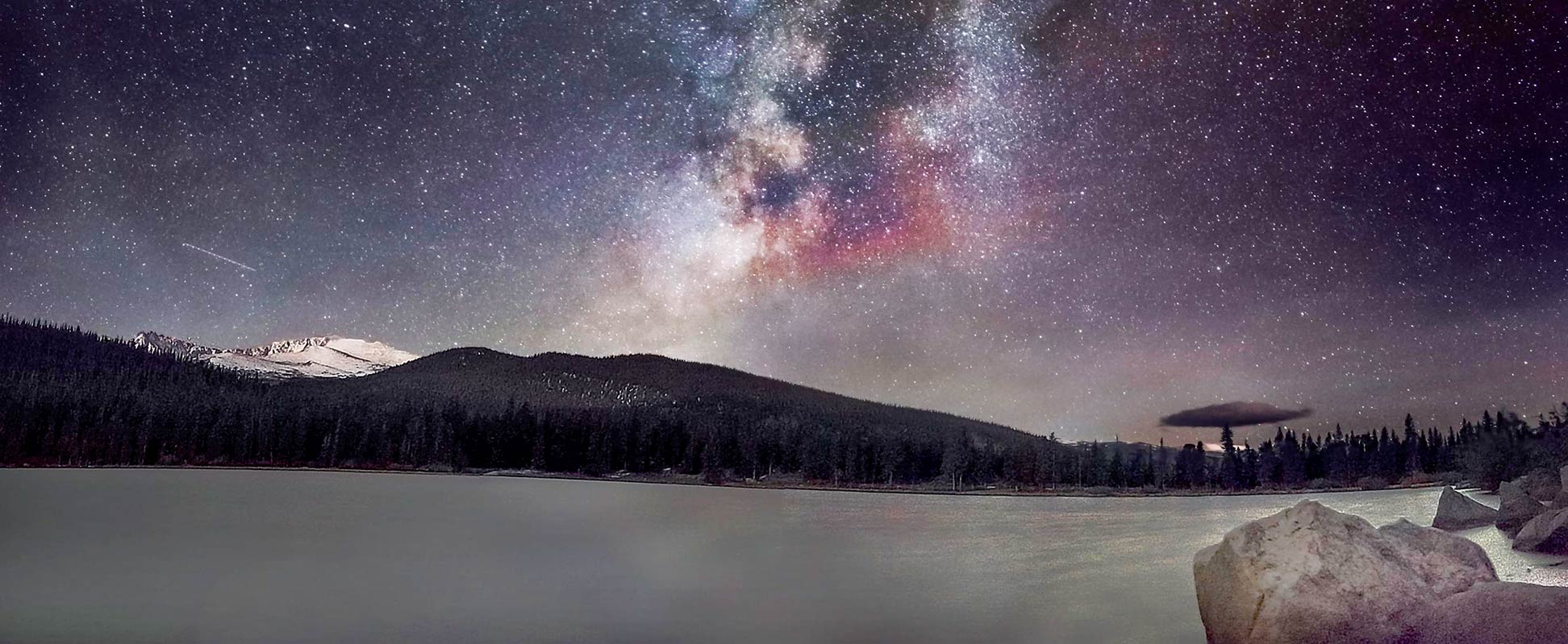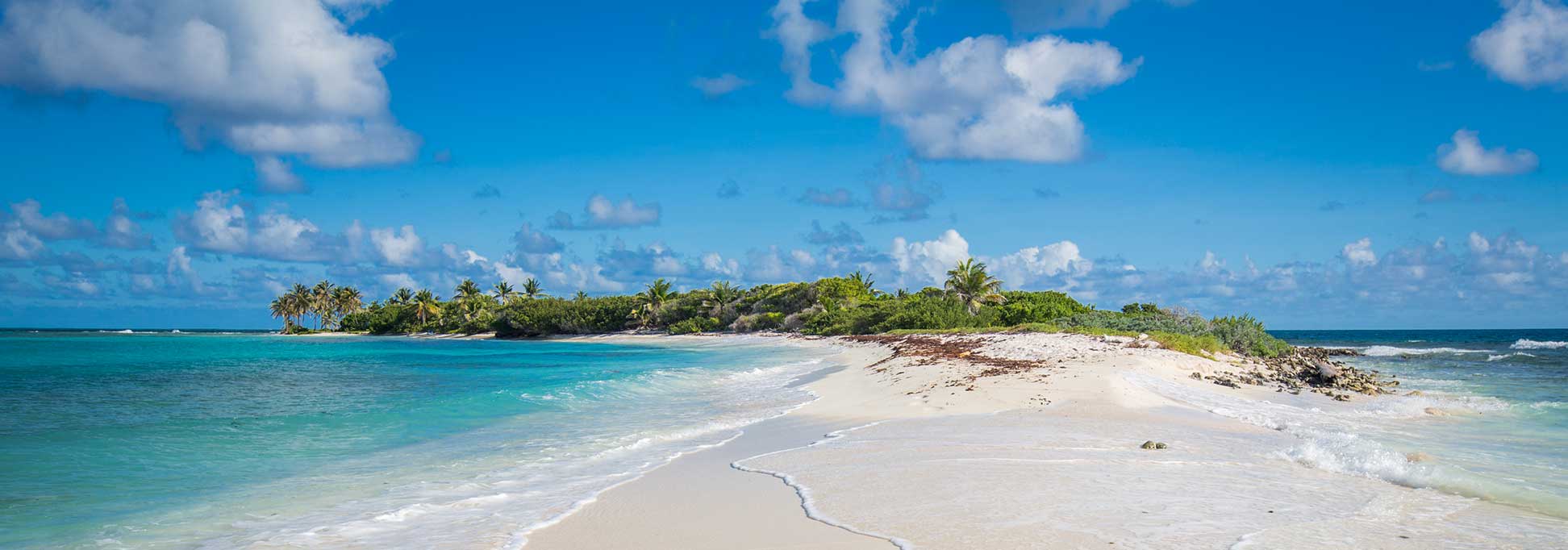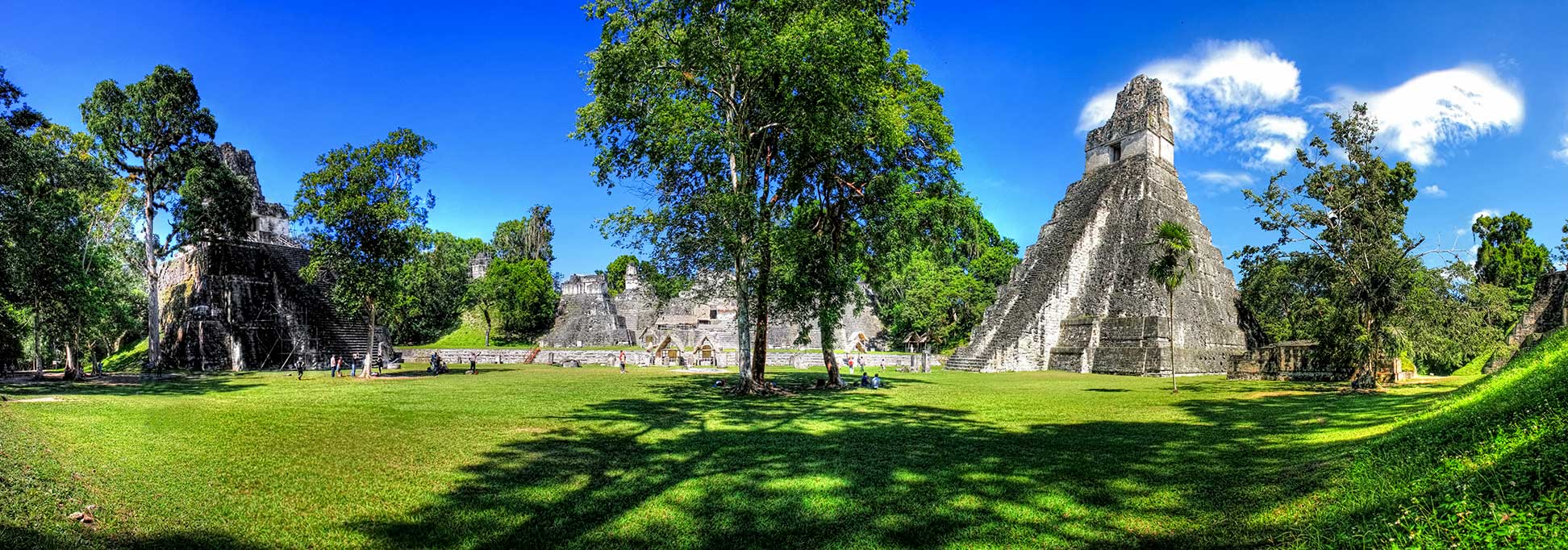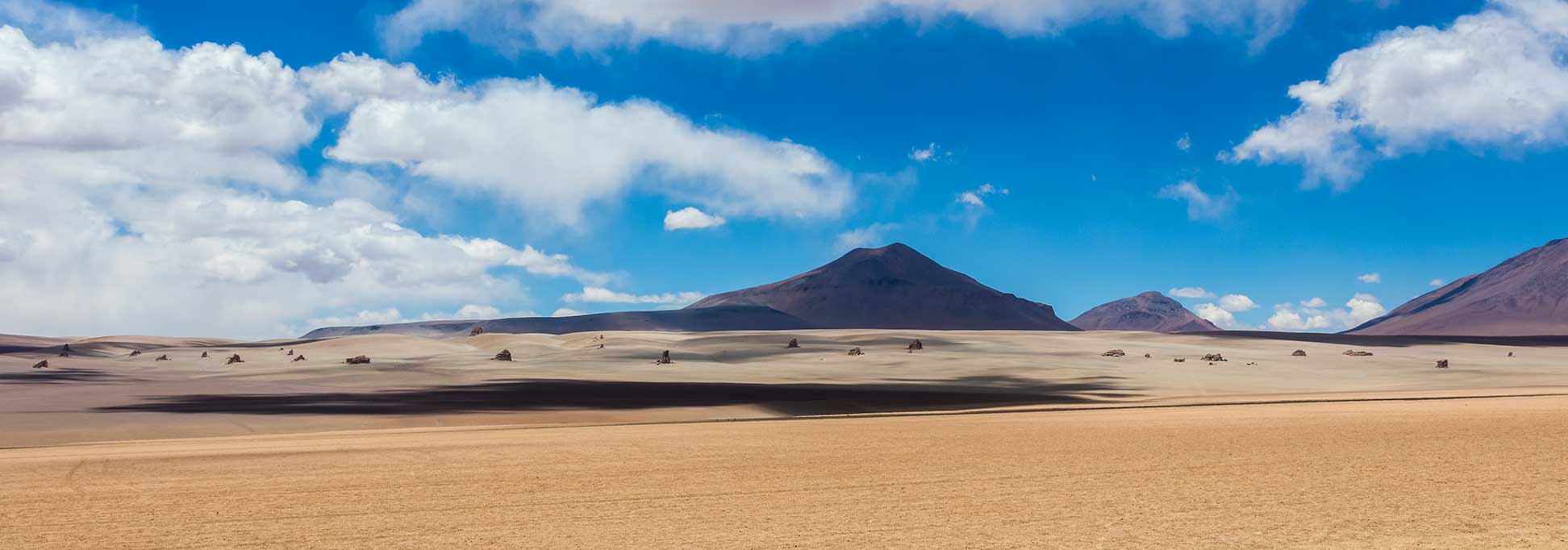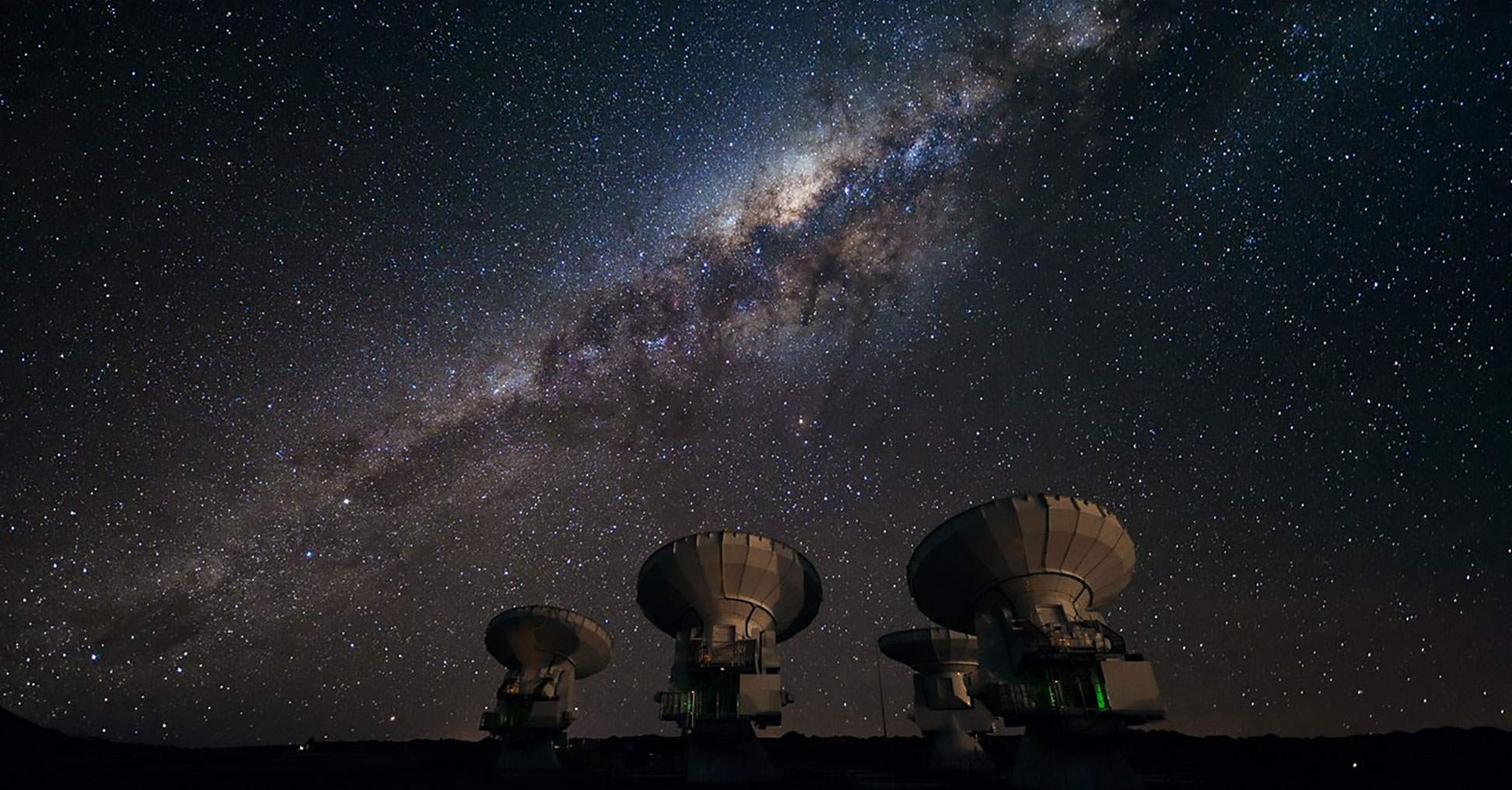Four antennas of the Atacama Large Millimeter Array (ALMA) on the Chajnantor plain of the Atacama Desert in Chile, with the Milky Way in the background.
Image: European Southern Observatory
More about the Americas
Population
An estimated 998 million people live in the Americas;
[1] about 13% of the
world population.
The most populous countries in the Americas are the
United States, with 329 million people, and
Brazil, with 212 million (in 2019).
(Source: UN World Population Prospects)
Largest Metropolitan Areas
The largest cities in the Americas are:
São Paulo,
Mexico City,
New York,
Buenos Aires,
Los Angeles.
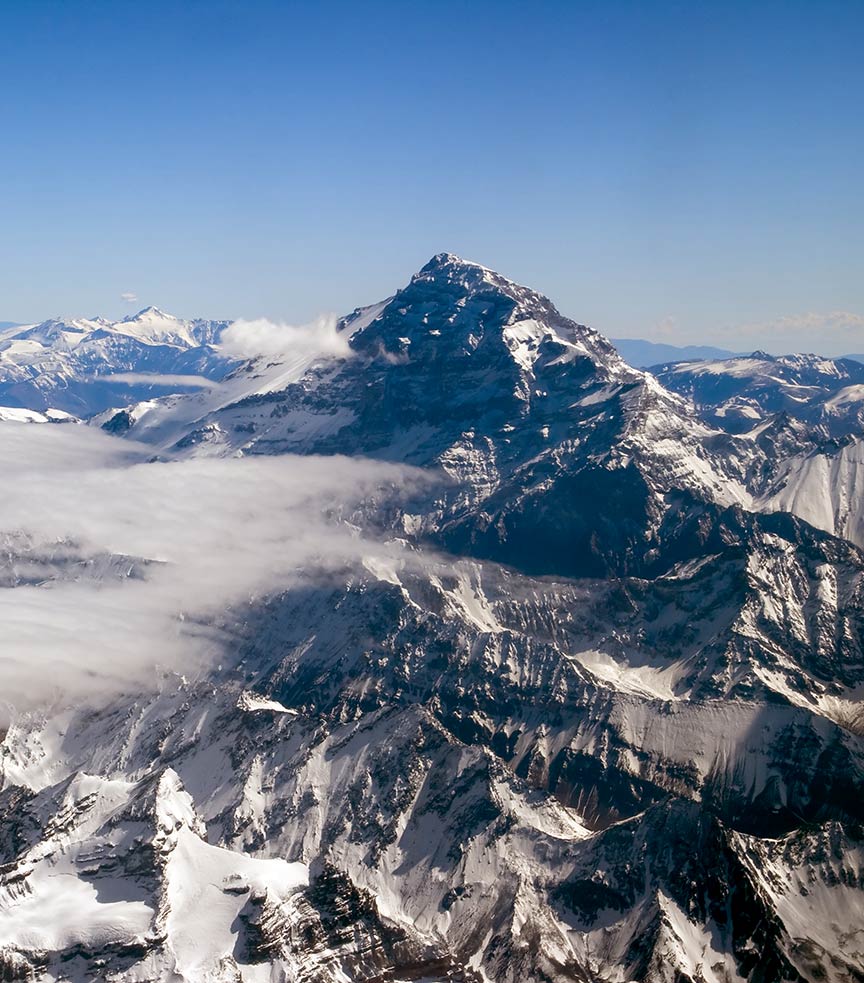 Aconcagua in the Andes mountain range is the highest mountain in the Americas at 6,960.8 m (22,837 ft).
Image: Roberto Castillo
Aconcagua in the Andes mountain range is the highest mountain in the Americas at 6,960.8 m (22,837 ft).
Image: Roberto Castillo
in Argentina is the highest mountain in the Western Hemisphere at 6,960.8 meters (22,837 ft).
Denali in
Alaska (also known as Mount McKinley) is the highest mountain in North America at 6,168 meters (20,239 ft).
Largest Lake
The largest lake in the Americas is Lake Superior. It is the largest of the Great Lakes and is shared by Canada and the US. With a surface area of 82,000 km² (32,000 sq mi), it is also the largest freshwater lake in the world.
Longest Rivers
The longest river in the Americas is the
Rio Amazonas (Amazon river), with a length of "at least" 6,400 km (4,000 mi). The source of the Amazon lies in the Peruvian part of the Andes mountain range.
The second longest river in the Americas is the
Paraná, at 4,880 km (3,030 mi); it flows through three countries, Argentina, Brazil and Paraguay, before entering the
Rio de la Plata, an estuary in the Atlantic Ocean.
There is much discussion about the longest river in North America, as the name of the "main river" varies.
Anyway, the
Missouri is the longest river in North America with a length of 4,087 km (2,540 mi); it originates in the
Rocky Mountains in western
Montana.
At 3,766 km (2,340 mi), the
Mississippi River is the second longest river in North America, rising at
Lake Itasca in
Minnesota, USA.
[2]
Major Geographical Features of the Americas
Major physiographic regions of the Americas.
Major Subregions
North America,
South America,
Central America, and the
Caribbean.
Mountains
The
Pacific Coast Ranges, the
Rocky Mountains, and the
Andes all belong to the mountain system of the
American Cordillera, a series of mountain ranges running through North and South America and West Antarctica.
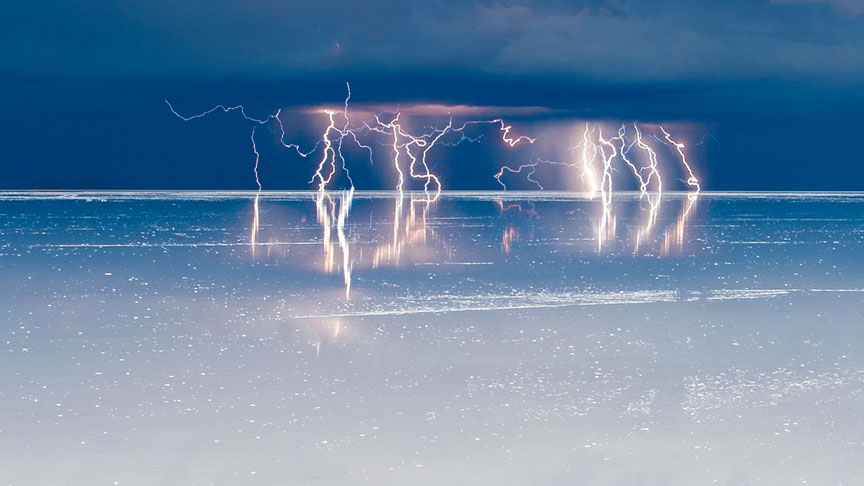 Lightning over Salar de Uyuni. The Salar de Uyuni is the largest and highest salt desert in the world. It is located in the southwest of Bolivia.
Image: Soumei Baba
Lightning over Salar de Uyuni. The Salar de Uyuni is the largest and highest salt desert in the world. It is located in the southwest of Bolivia.
Image: Soumei Baba
Allegheny Plateau, the Appalachian Highlands and the Appalachian Plateau, the Intermontane Plateaus with the Colorado Plateau and the Columbia Plateau, the Coteau des Prairies (in parts of
South Dakota,
Minnesota, and
Iowa), the Missouri Plateau, the Ozarks, and the Yukon Plateau (Yukon Territory, Canada).
South America
Major plateaus are the Altiplano (High Plateau in Bolivia) and the Atacama Plateau (mainly in Argentina), the Brazilian Highlands and the Mato Grosso Plateau (central Brazil), the Guiana Shield (one of the three cratons of the South American Plate) and the Guiana Highlands, the Pakaraima Mountains (mainly in southwestern Guyana) with Mount Roraima (at the tripoint of Venezuela, Guyana and Brazil).
Lowlands
There are several major lowlands in the Americas, such as the
Atlantic coastal plain along the East Coast of the United States and the
Great Plains (part of the Interior Plains of North America), located in the US and Canada. South American lowlands are the vast
Amazon basin (the Amazon drainage basin covers an area of more than 35% of the South American continent). The
Pampas are fertile plains shared by Argentina, Brazil, and Uruguay. The
Gran Sabana (Great Savanna) is an enormous savanna region in Venezuela, and
Los Llanos (The Plains), an extensive tropical grassland plain in Colombia and Venezuela.
Deserts
The
Atacama, a desert in Chile and Peru, is one of the driest places in the world. The
Salar de Uyuni (or Salar de Tunupa) in Bolivia is the world's largest and highest salt desert. The
Patagonian Desert is the largest in the Americas, whereas the
Great Basin Desert is one of the largest deserts in North America. The
Chihuahuan Desert extends over a large area of northern Mexico and the southern part of the USA. The
Sonoran Desert, the hottest desert in Mexico and the United States, covers part of the southwestern United States and the northwestern Mexican states of Sonora, Baja California, and Baja California Sur.
Lakes
Superior, Huron, and Michigan are three of the
Great Lakes of North America; they are among the largest freshwater lakes on Earth. With a surface area of 8,372 km². Lake Titicaca is the largest lake in South America.
Islands
The largest islands in the Americas are
Greenland, Baffin Island, Victoria Island, Ellesmere Island, Newfoundland, Cuba, and Hispaniola.
 Languages of Americas
Languages of Americas:
Thousands of languages were spoken in the Americas before the arrival of the Europeans. The major languages spoken today in the Americas are based on Spanish, English, Portuguese, some French and French-based creole, and a few Amerindian languages.
Keywords: countries of Americas, the population of Americas, destination Americas,
travel Americas, capitals Americas, Central Americas, North Americas, Southern Americas, East Americas

